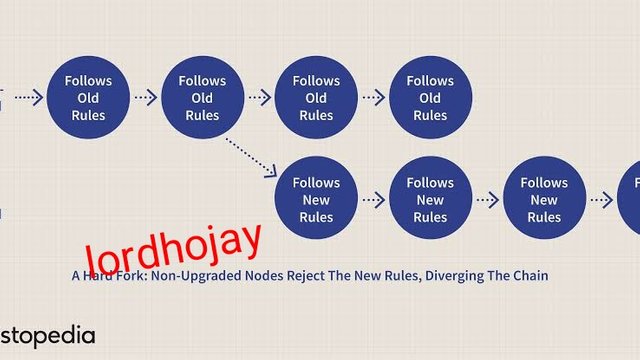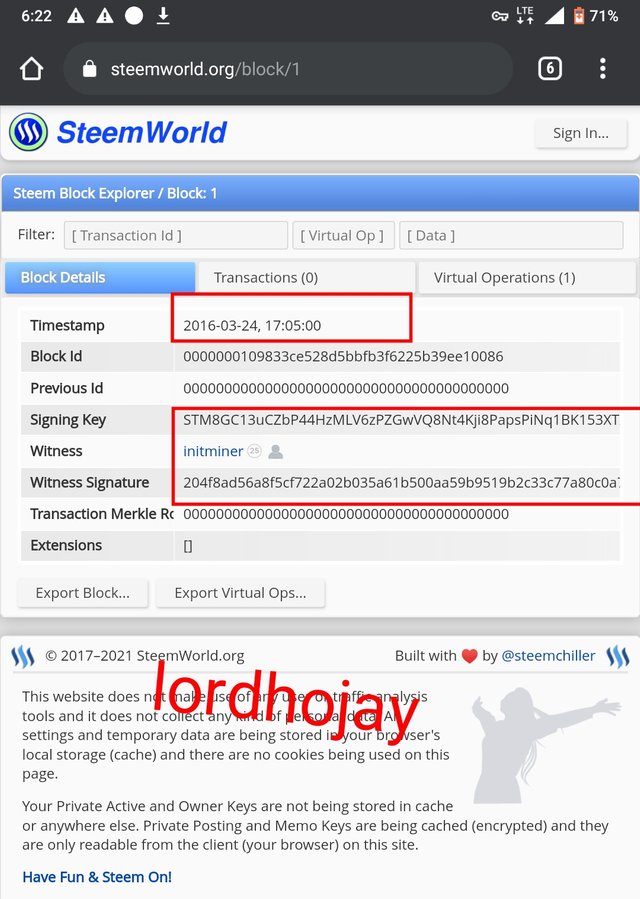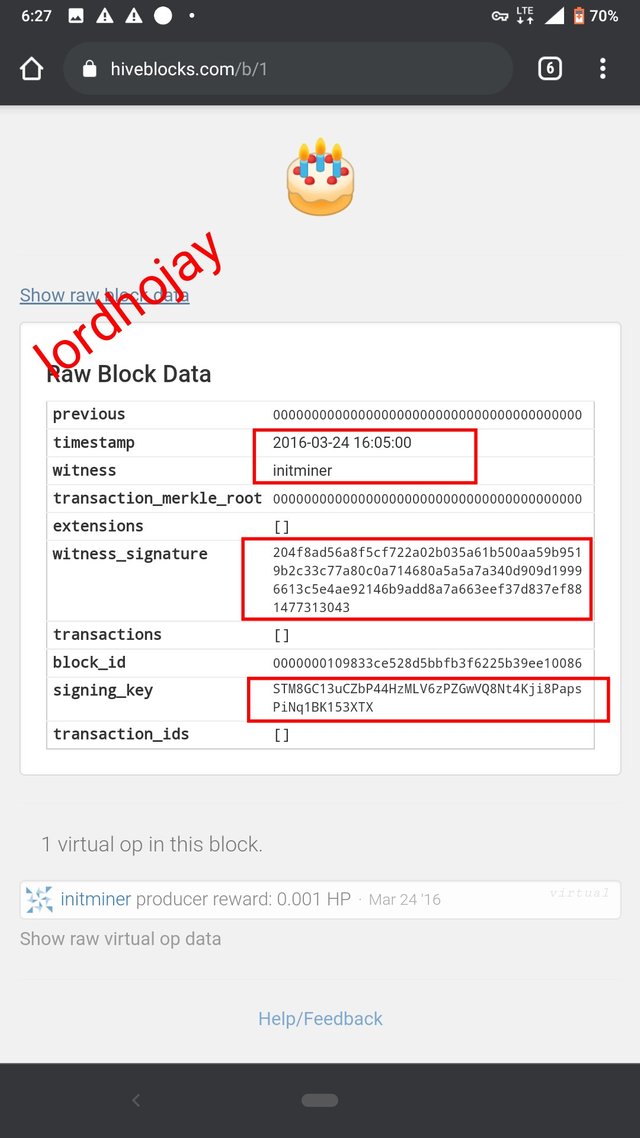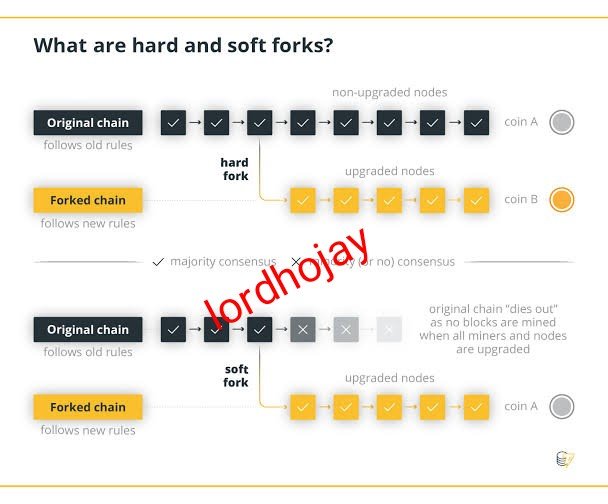CRYPTO ACADEMY / SEASON 3 / WEEK 4 : HOMEWORK POST FOR PROFESSOR @awesononso. - TOPIC: BLOCKCHAIN FORK.
FORK
There was Bitcoin at first, which was intended to serve as a decentralized digital alternative to currency. More specialized currencies, such as Ripple and Monero, have emerged over time. Cryptocurrencies didn't come out of nowhere; in fact, many were created as a result of a fork. A fork is just a change in the blockchain protocol that the software uses to determine whether a transaction is valid or invalid in its broadest definition. As a result, nearly any divergence in the blockchain can be classified as a fork. What Time Do Forks Appear? When a cryptocurrency's user base or developers decide that something fundamental about it has to change, a fork occurs. This could be as a result of a big hack, as with Ethereum, or a fundamental dispute within the community, as with Bitcoin and Bitcoin Cash.

(https://www.investopedia.com/terms/h/hard-fork.asp)
HARD FORK
A hard fork is a new software upgrade deployed by the network nodes of a blockchain or cryptocurrency that is incompatible with the old blockchain protocol, resulting in the permanent split of the network into two independent networks that function in parallel. Hard forks, unlike soft forks, which are essentially backwards-compatible updates, create a permanent change in the rules of a blockchain network, with each version propagating its own transactions and blocks.
Because of the incompatibilities between both networks' rules, nodes that implement the upgraded software will stop using the prior version, producing incompatibility difficulties and requiring miners to choose between updating to the new version and its rules or remaining on an outmoded version.
EXAMPLE OF HARD FORK (Bitcoin Gold)
Bitcoin has been chastised for centralization. The fundamental reason for this is because mining Bitcoins independently using a CPU or GPU has gotten incredibly difficult. With specialized mining equipment, most miners pool assets to establish massive pools, with figures indicating that China is home to the majority of the pools.
Bitcoin Gold was branched from the Bitcoin Blockchain in 2017 in order to restore the industry's original structure. Transactions are confirmed in 2.5 minutes on the Bitcoin Gold network, which is another improvement. Four times faster than Bitcoin's transaction confirmation period of ten minutes.
SOFT FORK
A soft fork is a ‘gentle' way of upgrading a blockchain in which the two scripts – the original and the one – can peacefully coexist. It's comparable to a software upgrade that's backwards compatible with earlier versions.
Soft forks do not necessitate network node upgrades to maintain consensus because all blockchain blocks adhere to both the old and new consensus rules. The blocks created by nodes adhering to the old set of consensus rules, on the other hand, will be in violation of the new set of rules.
This means that for a soft fork to succeed, the new set of consensus rules must be accepted by a majority of miners. Given that a majority has been attained, the new fork will be implemented.
EXAMPLE OF SOFT FORK (P2SH)
P2SH which means Pay-to-Script-Hash is a form of ScriptPubKey that allows bitcoin to be spent based on the fulfillment of a script whose hash is supplied in the transaction. A P2SH transaction is one in which the inputs were locked with the help of a P2SH ScriptPubKey.
Because it allows users to create arbitrary scripts, P2SH is incredibly versatile. P2SH is used to make new transaction types, like as SegWit, backwards compatible. Furthermore, the transaction sender does not need to know what sort of script they are sending to.
DIFFERENCES BETWEEN HARD & SOFT FORK
- Soft forks are used to incorporate minor network modifications, whereas hard forks are required for major network changes,
- Hard fork generally result in the creation of a new cryptocurrency, while soft work doesn't
- Hard forks can be contentious, especially when developers submit ideas that are diametrically opposed to how others wish to see the network change.
- In hard fork is backward incompatible, while in soft is backward compitable .
ANOTHER EXAMPLE OF HARD FORK (BITCOIN CASH)
Bitcoin Cash was formed as a hard fork of Bitcoin by some bitcoin miners and other developers, resulting in the development of a new currency, BCH. Bitcoin Cash is a decentralized peer-to-peer network that processes transactions more quickly and at a lower cost than Bitcoin (BTC).
When these miners, who were concerned about the future of digital money, decided to address the issue of scalability, Bitcoin cash was born. The Bitcoin segregated witness (Segwit) initiative was criticized for being opaque and inadequate in following the bitcoin blockchain's roadmap.
BCH was created in 2017 with a higher block size of 8 MB, rather than the original 1 MB block size.
BCH was launched in 2017 with a higher block size of 8 MB, as opposed to Bitcoin core's initial 1 MB block size. There is a separate blockchain for Bitcoin Cash. Later, from 8 MB to 32 MB, the block size was increased by 300 percent. Its transactions are handled more quickly than Bitcoin's. Bitcoin Cash underwent a hard fork in November 2018, resulting in the establishment of Bitcoin SV.
ANOTHER EXAMPLE OF SOFT FORK (SEGREGATED WITNESSES)
This is a soft fork protocol of the bitcoin blockchain that was implemented for the purpose of changing Bitcoin transactions' format. Segwit was implemented also with an intention to alter the Bitcoin block size that caused a slowdown in transaction speed. Also another initial intention of Segwit was to guard against unintentional transactions malleability and allow data to be transferred optionally.
Segwit protocol was initiated in 2015. Another feature of Segwit is its ability to separate input and output data from a witness data known as signature. When signature data are altered by any one without making such signature invalid, it creates what is known as a malleability bug.
This bug can cause the transaction in the network to be altered by incoming transactions. Segregated witness however helps in fixing this problem by separating the witness data from transaction.
STEEM AND HIVE HARD FORK & SIMILARITIES
Steemit is a decentralized system that rewards its users with steem for posting good and quality content on the blockchain. However, in late 2020, information surfaced that TRX would be integrated as a reward on the blockchain, and because it is a decentralized blockchain, other users agreed and disagreed with this development. However, after some time, a forking process was initiated.
- Hive and steem similar in the way the both cypto are aquired which is by getting reward from good content.
- Both have similar money name Steem (SBD), Hive (HBD),
- Both use voting power. Steem is (steem power) and Hive (hive power).


Both give and steem timestamp is 2016/03/24 16:05:00
Both have the witness and witness signature.
Thank you @awesononso

